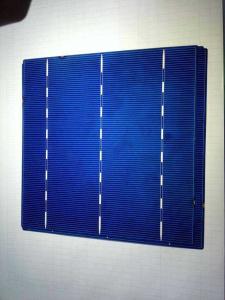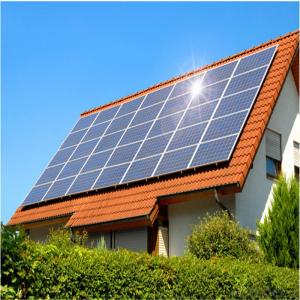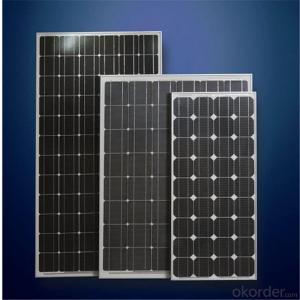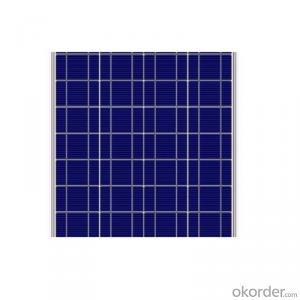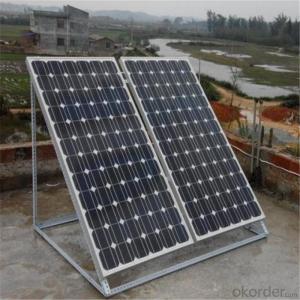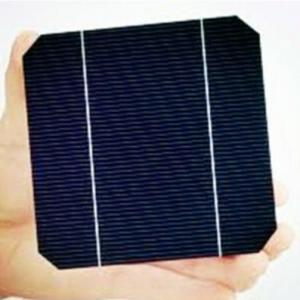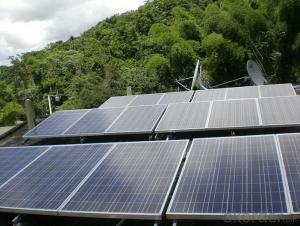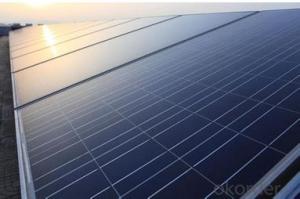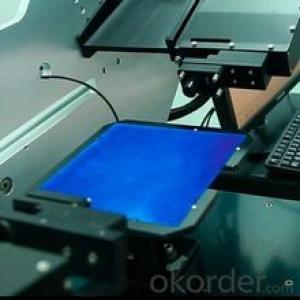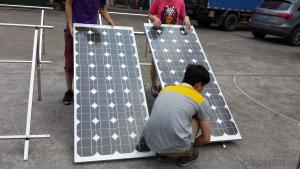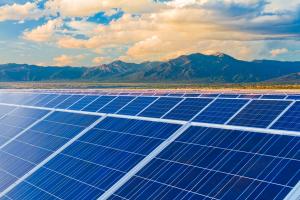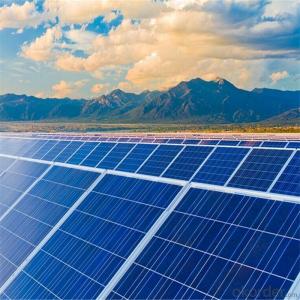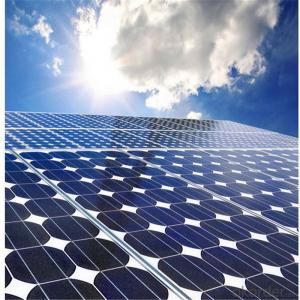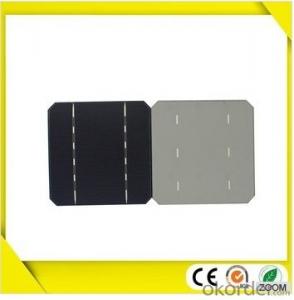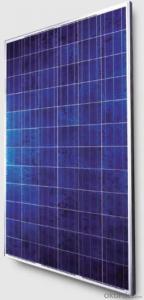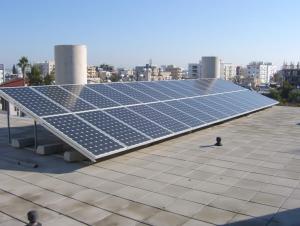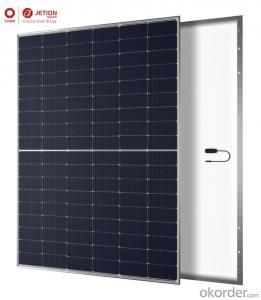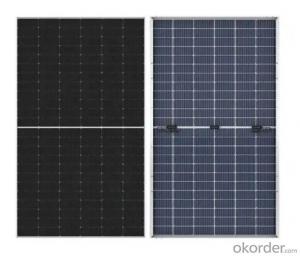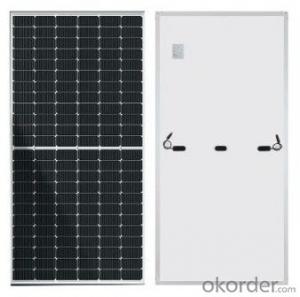Solar Cell Solar Module
Solar Cell Solar Module Related Searches
Plastic Solar Lanterns A Solar Module Is A Replacing A Solar Inverter 60 Cell Solar Module Mono Half Cell Solar Module Solar Cell Module Assembly Inverter Solar Cell Q Cell Solar Module Mono City Solar Cell Bluetec SolarHot Searches
China Ac Module Solar Panel China Solar Ac Module China Solar Module Prices China Solar Module Solar Module China Ac Module Solar Panel Price Solar Inverter Panel Price Solar Panel Module Price Solar Module Wholesale Price Solar Module Price Per Watt First Solar Module Price Solar Module Price Increase Solar Module Price Solar Panel Inverter Size Solar Panel Module Size Solar Panel Inverter Suppliers Solar Panel Module Types Solar Inverter Solar Panel Tesla Solar Panel Inverter Cheap Solar Cells For SaleSolar Cell Solar Module Supplier & Manufacturer from China
Okorder.com is a professional Solar Cell Solar Module supplier & manufacturer, offers integrated one-stop services including real-time quoting and online cargo tracking. We are funded by CNBM Group, a Fortune 500 enterprise and the largest Solar Cell Solar Module firm in China.Hot Products
FAQ
- To clean your solar panels, you can start by rinsing them with a garden hose to remove any loose dirt or debris. If there are tougher stains or bird droppings, use a soft sponge or cloth with mild soapy water to gently scrub the surface. Avoid using abrasive materials or harsh chemicals that could damage the panels. Additionally, make sure to turn off the system and use caution when climbing on the roof. Regular cleaning every few months can help maintain optimal performance of your solar panels.
- cheapest price for a 20 watt solar panel sold on line
- Solar panels installed are roughly $0/watt in commercial quantities. Bare panels? Do a google search and see what you can find. But for the record, there are panels and there are panels. Stuff from China put together in a shed somewhere will not perform in the same way as some of the new thin-film amorphous panels coming out of the US and Europe. So, in many ways you get exactly what you pay for.
- Yes, solar panels can be used to power electric vehicles. Solar panels can convert sunlight into electricity, which can then be stored in a battery and used to power an electric vehicle. This helps reduce dependence on fossil fuels and promotes sustainable transportation.
- Do solar panels work with any type of heat or only sunlight? I have a bunch of little ideas floating around in my head and Id like to get them on paper but only if they really would work.Also does a concentrated amount of heat on one solar panel piece (quot;xor so) produce a higher or equal amount of electricity than a less concentration over a larger area?
- Solar panels . Are you talking about solar cells or panels ? Solar panels can be either for hot water or electricity but i take it your talking about solar cells that make electricity . Heat has nothing to do with making electricity . In fact when they heat up they give out less so its good to keep them cool . With size they give out equal amounts of volts but less amp the larger the more amp you get. Solar cells work with white light that knock the electrons around that produce electricity . To much such as putting a magnifying glass on them will burn them up but will kick out twice the volt but only for a short amount of time before they burn up . If you can keep them cool with an intense light like that im not sure what they will do but to much heat will destroy them. Edit: Yep you got that right . As far as the desert to make up for the loss of volts because of the heat they just add a few more cells . Say there going for 2 volt it takes 24 cells because each gives you /2 volt but most use around 36 cells if not more . That would give you 8 volt then a regulator regulates the amount going into the battery . Most will put 3 volt into the battery to 4 volt . Freezing temps aren't going to do a thing to them as long as the sun hits them without snow covering them . I build mine with 40 cells getting 20 volt and a bit more on some . That way if its a cloudy day i still get over 3 volt and plenty of amps .
- Yes, solar panels can be used in areas with high levels of humidity. While high humidity can affect the performance of solar panels to some extent, it is not a significant barrier. Modern solar panels are designed to withstand various weather conditions, including high humidity. In fact, some studies suggest that solar panels can even benefit from the occasional rain or humidity, as it helps in cleaning off dust and dirt, thereby improving their efficiency. Regular maintenance and cleaning can further mitigate any potential impact of humidity on solar panel performance.
- The amount of space needed for solar panels varies depending on the size and capacity of the panels. On average, a typical residential solar panel system requires about 100-400 square feet of roof space, but it can also be installed in a backyard or ground-mounted depending on available space. It is best to consult with a solar installation professional who can assess your specific needs and determine the exact space requirements for your solar panels.
- Yes, solar panels can be installed on a car or electric vehicle. These panels can generate electricity by harnessing sunlight and can be used to power certain components of the vehicle, such as the battery or air conditioning, reducing reliance on the main power source. However, due to limited surface area on cars, the amount of power generated may be relatively small compared to the vehicle's overall energy needs.
- but is that per day, per hour or minute?How much watts does the average AC unit use?How much does an energy efficient lightbulb use?All in all let's hypothetically say we no longer use the electric company for our energy source, How many of these panels do you estimate it would take to supply our small home?
- Some great answers 23 max watts is per hour I live in an area that has 5.5 average sun hours per the solar insolation data which would give me a base of 676 watts produced per day for one panel. That 23 watts is most likely STC or standard test conditions which is far from standard it is ideal 70 degrees Farenheit with a 000 set flash PTC or physical test conditions are not always on labels and are not always accurate because of varied conditions. Heat has a huge factor on PV production. The panels should be derated by for the following reason ampacity correction or line loss Temperature correction PTC correction Inverter loss these corrections account for about 5 % on standard panels Our 676 watts per day has been dropped to 574 watts per day per panel Lets start with the light bulb. a standard 60 watt bulb uses 60 watts per hour. With the one panel we have chosen it would produce 5 hours and 45 minutes of illumination If we switch to a 5w CFL we get 38 and one half hours of illumination quite a difference yes Central Air will use about 2000 to 2500 watts per hour.This rule is not hard and fast as units will vary as well as conditions Lets use 2000 per hour times 8 hours of use is 6,000 watts we need 28 panels just for the ac. Probably another 28 for the rest of the house Of course these panel must be true south at 5 degrees mounted With a years worth of electric bills and a site visit I could come allot closer but lets say you need 60 of these panels this system would provide 973kHw per month at my location of 5.5 sun hours per day This would be a grid tied system as most state rebates require a grid tied system to qualify for rebates




